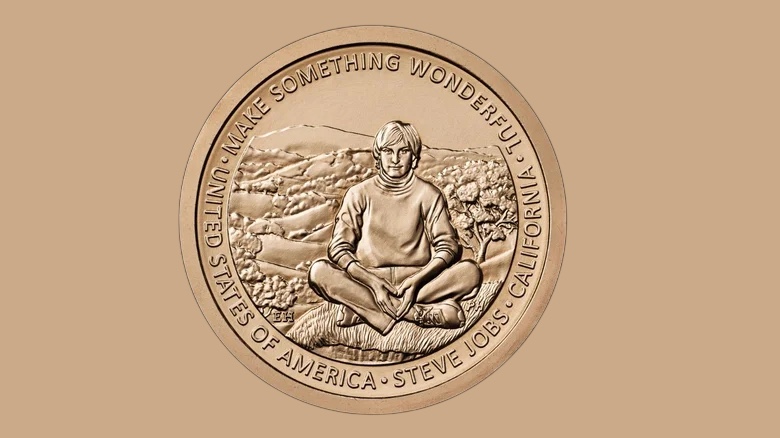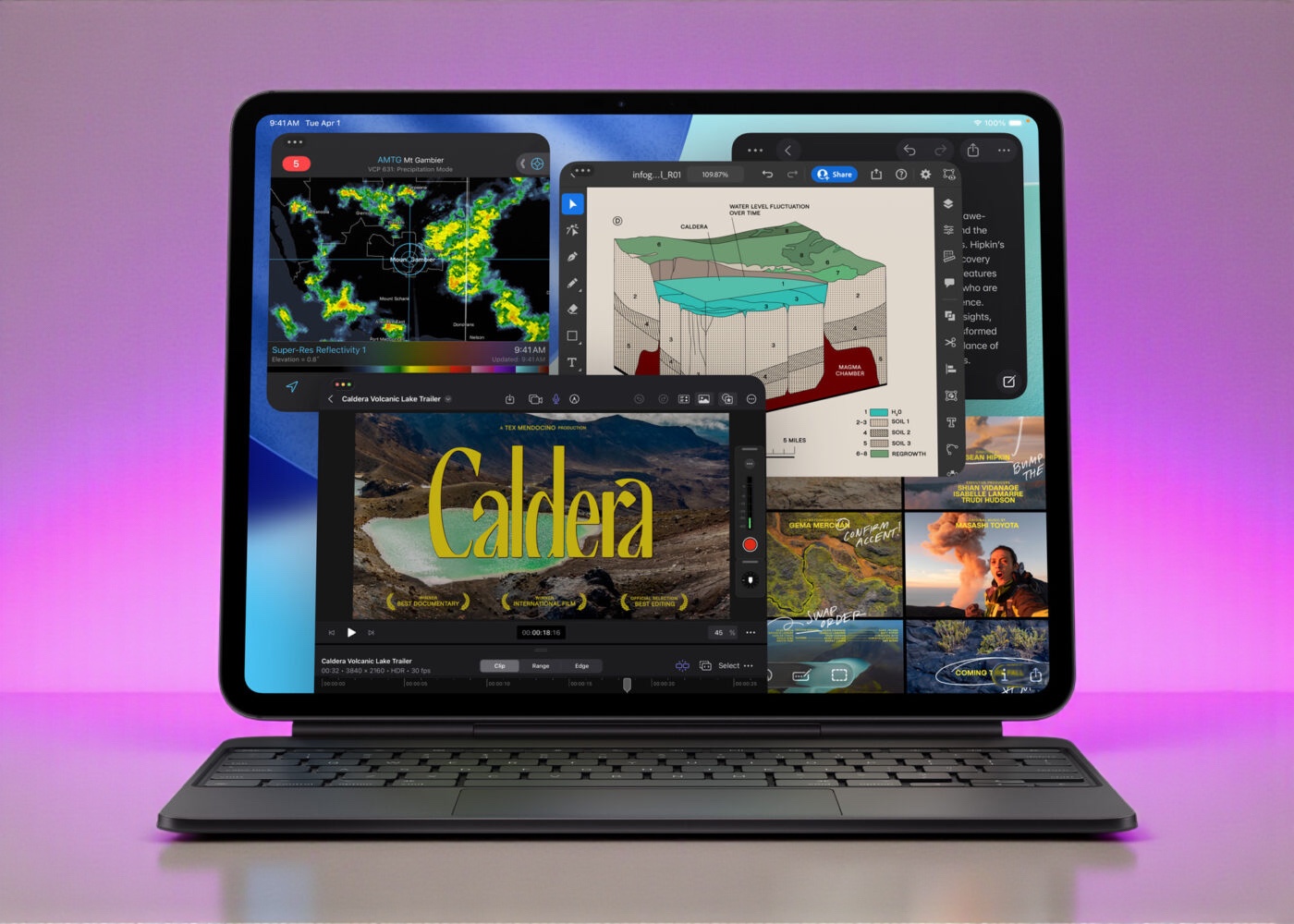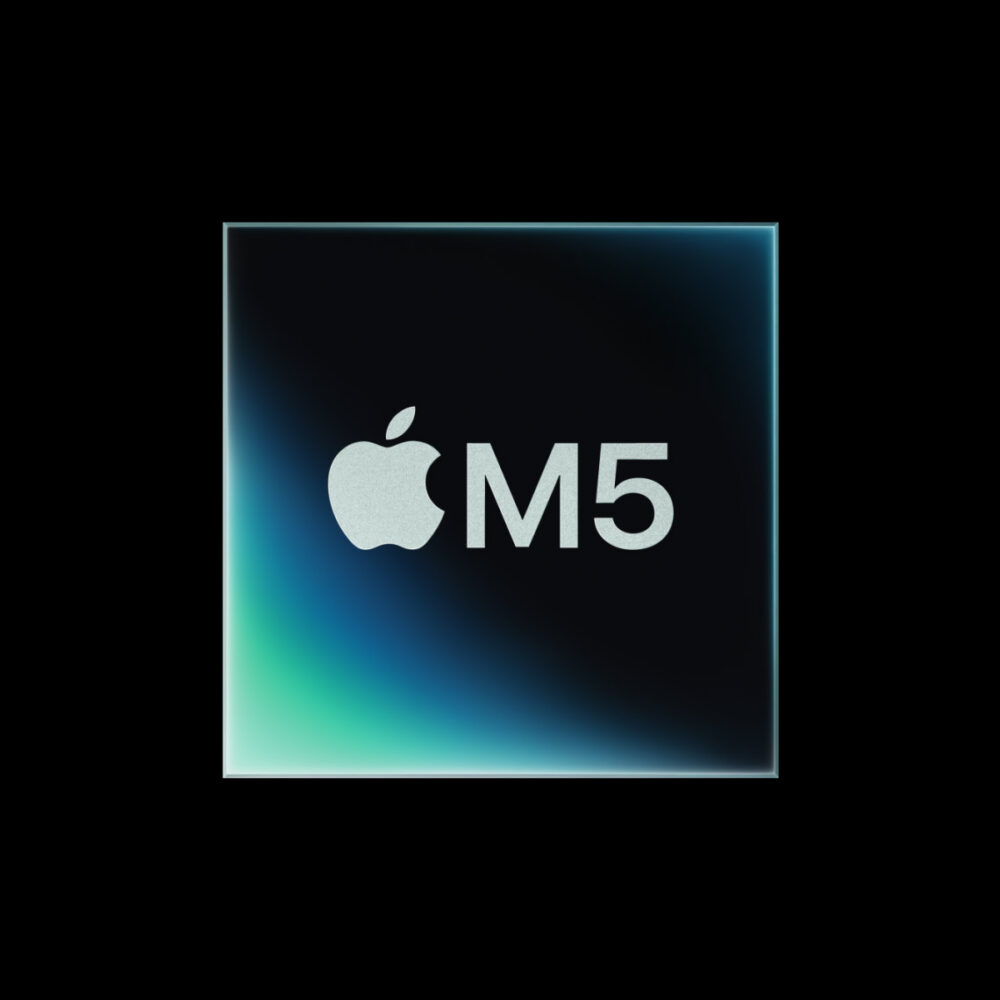Spotify is reportedly developing a new feature called SongDNA, designed to reveal the people behind the music rather than just the songs themselves. Discovered by app researcher Jane Manchun Wong through reverse-engineering Spotify’s mobile code, SongDNA appears to provide users with detailed insights into the creative teams behind their favorite tracks. Instead of simply listing a main artist, the feature would display the vocalists, producers, engineers, and songwriters who contributed to each song.
The interface, based on code findings, may allow users to tap through names and explore connections between collaborators—essentially mapping out the creative web behind popular music. After screenshots of the experiment began circulating online, Spotify quietly removed visible traces of SongDNA from its app, though code references remain. Researcher Chris Messina later confirmed those findings, suggesting that the feature could serve as a structured database showing who worked on what, giving listeners a behind-the-scenes view into the making of their playlists. Spotify has not yet commented on whether SongDNA will be officially released.
If it does launch, the feature could shift how listeners engage with music on Spotify. Instead of passively streaming what sounds good, users could dive into the creative lineage of a track—discovering the producers behind a particular sound or finding other songs written by the same songwriter. For industry professionals, SongDNA could also serve as a networking and discovery tool, helping musicians, engineers, and producers identify potential collaborators and track professional credits more easily.
Beyond functionality, SongDNA reinforces an increasingly important idea in digital music culture: that hits are rarely the work of one artist. They’re built by teams of writers, mixers, and performers whose contributions often go uncredited in mainstream streaming interfaces. By making this information visible, Spotify would not only enhance transparency in music discovery but also promote fairer recognition for the people behind the hits.
For fans, the feature could make listening more engaging—turning playlists into a space for curiosity and connection. Hearing a guitar riff or a particular vocal style might spark a new kind of discovery, one that leads you to other projects by the same creators. Whether SongDNA ultimately makes it to a public rollout remains to be seen, but its concept points toward a more informed, interconnected way of experiencing music.







